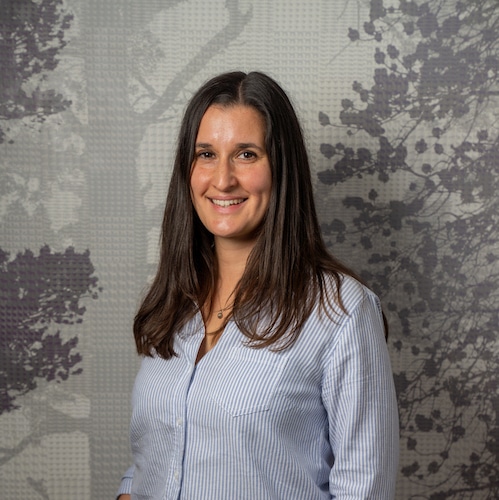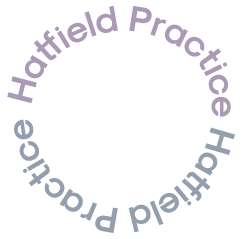Sports Injuries
What causes injury?
One common cause of injury, especially in contact sports, is trauma. Traumatic injuries are usually the result of impact and collisions. They typically occur suddenly, so generally, there’s not much you can do to prevent them. Injuries may occur gradually over time, perhaps due to stiffness or overtraining. Many conditions are self-limiting and often repair on their own. Any ongoing injuries should be examined early and resolved. Professional management and good advice will help the injury to resolve as fast as possible.
Our approach to sports and training injuries
Our approach can be easy-going, comprehensive or as intense as need be or as you wish—anything from providing a couple of treatments to aid recovery up to a full specialist treatment programme. We provide deep tissue massage, mixed therapies of Acupuncture and physiotherapy. Combinations of Physiotherapy and osteopathy provide rehabilitation after injury. Working with you to provide a bespoke fitness and recovery programme. Sports treatment can be extremely effective in the run-up to any important events. We also have experience in managing acute pain, reducing inflammation and swelling. It is essential to speed up healing time, especially when a marathon is looming or overtraining injuries. Treatment can involve a combination of Physiotherapy, Acupuncture, deep tissue massage techniques. Other approaches can include K tape, professionally instructed self-massage techniques and electro-therapy or laser if needed.
Injury and pain.
Injury can affect your joints, bones, muscles, joints or the connective tissues that hold them together. The tendons and ligaments tend to heal slowly as they don’t have a forced blood supply like muscles. Most of the time, the cause of your injury is very often easily established. Intensive treatment at home or by a professional is helpful. Specific advice and rehab style exercises can speed healing and recurrence. A physiotherapist will help you understand why your injury happened or why it previously did not resolve completely. Sports injuries needn’t stop your fitness programme for long. It would be best if you didn’t ignore pain, injuries and simply ‘soldier on’ as this may leave you with a chronic condition that’s far harder to treat or needs surgery.

Typical extrinsic factors include:
Below are some of the commonest causes of injury, the quickest route to rehabilitation, and the experts who can help.
- Excessive load on the body. The body tissues can withstand considerable stress; often, more than three times your weight can go through the body even when jogging slowly. But tissues that aren’t accustomed to such forces won’t have adapted to withstand them and are likely to be injured when applied. When deciding how often, how hard, and for how long to exercise, you need to consider the impact on your muscles and joints. Build up gradually to avoid injury.
- Poor technique. Several so-called ‘overuse injuries’ are related to sports or exercise techniques. Indeed, some injuries are even popularly named after their sport (for instance, tennis elbow). Often it’s the repetition of an action with a faulty technique that results in excessive load on tissues and subsequent injury.
- Poor or inappropriate equipment, especially footwear and, in some sports, headgear. If your activity involves impact (such as running and jumping), wearing proper footwear that supports your feet and cushions your body from shock is vital. Your need for specialist footwear – or other sports equipment – may be determined in part by intrinsic factors such as ‘over pronation’ (see below).
- Failure to warm up and warm down. Many of the body’s tissues (particularly muscle) respond better to loading when they’re warm. The warming-up process should include whole-body exercise that increases blood flow to muscles and makes them more responsive. At the end of every training session, you should also warm down, bringing your body back to normal, usually through low-intensity activity, followed by flexibility exercises.
Intrinsic injury risk factors include:
Bodily things such as the shape and structure of the major joints. For example, weakened or stiff muscles caused by hours of sitting, mechanical problems such as plantar fasciitis, feet that ‘pronate’ (roll inwards). Some athletes have a weak foot arch that will often contribute to lower leg, shin splints and knee conditions in runners. Knee injuries can also come from ‘knock knees’ (genu valgus) or ‘bow legs’ (genu varus); excessive exercise can cause ligament or boney pain.
Other injury risk factors include:
- Leg length discrepancy
- Muscle weakness or imbalance
- Limited flexibility
- Joint laxity – not being able to control and stabilise joints throughout their full range of motion
- Being overweight – increases the load on muscles, tendons, ligaments and joint structures during weight-bearing activities.
Very Basic First Aid
- N = non-steroidal anti-inflammatory drugs, such as ibuprofen, reduce inflammation and swelling and alleviate pain (remember to check the label for contraindications).
- I = ice or cold therapy since this decreases pain and limits the extent of the swelling. Don’t place ice packs directly against the skin. The time for which tissue should be cooled depends upon the size and severity of the injury.
- C = compression, usually in the form of a compression bandage. This mechanically limits the amount of swelling by restricting the amount of space in and around the injury.
- E = elevation. This also helps control swelling since the fluid is drained more effectively from the injury.
- R = restricted activity. To allow the healing process time to work and repair.
Our Sports Injury Therapists
What our clients say
I have Physio with Damian and I cannot sing praises enough for him and the rest of the staff. I have hypermobility which comes with aching joints in cold and damp weather (not so fun when you live in England.) The exercises encouraged to do outside the sessions have also assisted in my progress and I am grateful for all the extra support they give.
Amazing place and highly recommend the sports massage with Sam Rushbrooke. I was nervous at my first appointment due to having a bad back, but Sam put me at ease with his professional approach and great understanding. I’m feeling better than I have in months! The clinic is lovely and the reception staff are always helpful and approachable.











